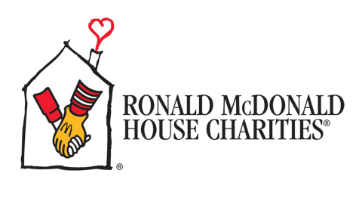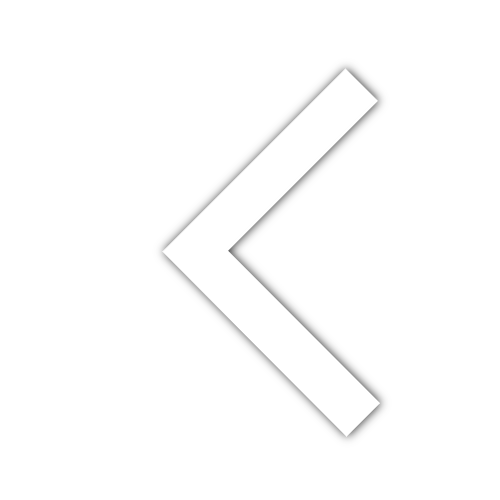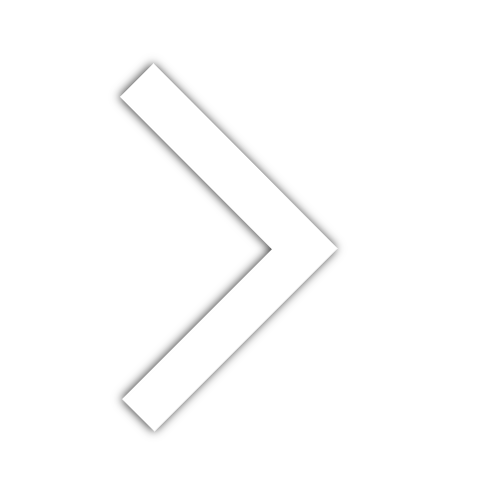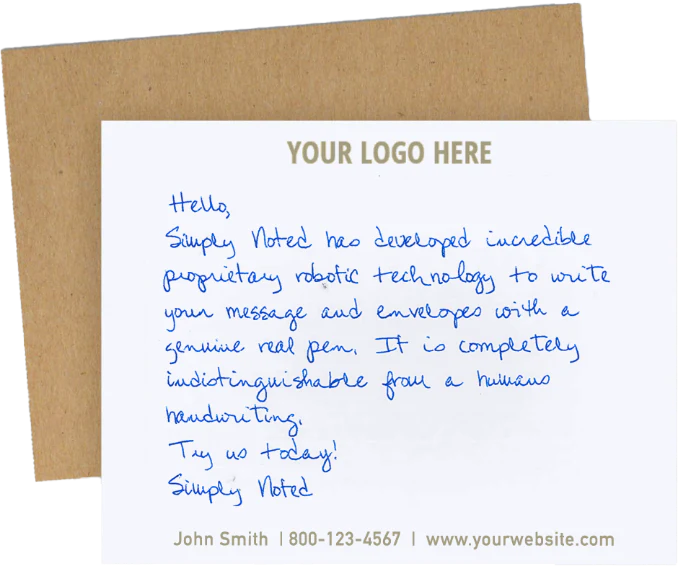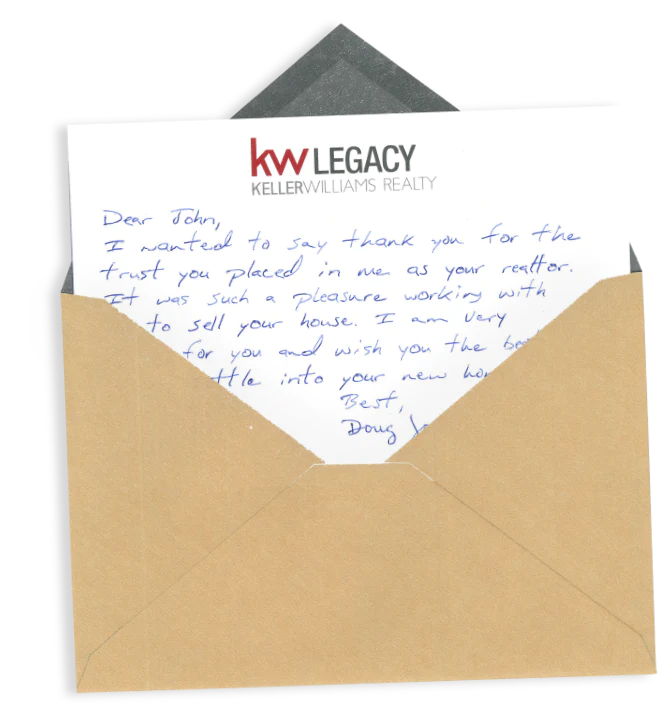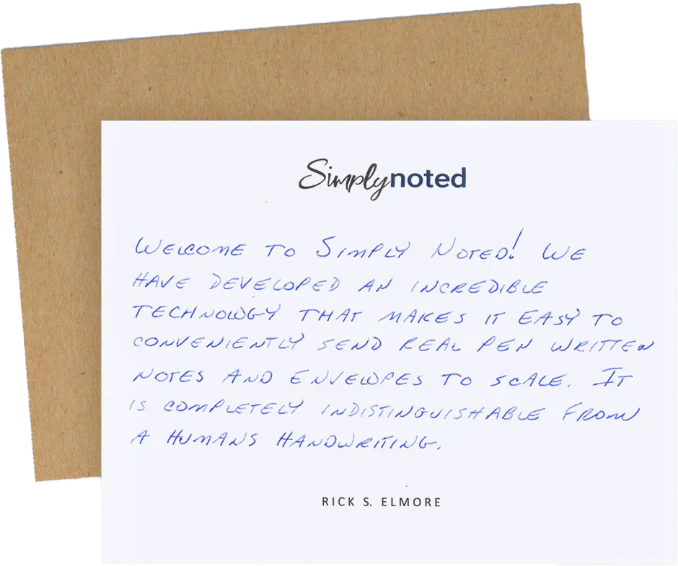How to Write a Conclusion to a Letter

How to Write a Conclusion for a Letter
In our last post, we talked about best practices around opening a letter. Getting your letters started the right way sets the tone for the rest of your message. If you choose the wrong formatting, leave out critical information, or write a confusing opening paragraph your letter may never get read. (Also, make certain you know how to mail a letter.)
The same is true for your letter's conclusion. The letter ending you choose is the last thing your reader will see. It’s your final chance to communicate important information and make a good impression. If the conclusion to your letter is confusing, off-topic, or striking the wrong balance between formal and casual, you may lose your reader right when it matters most.
That’s why, in the spirit of our last post, we’ve gathered together the best advice we can give on how to write a conclusion to a letter. Once you understand what’s involved you’ll have a much easier time writing appropriate conclusions for both professional and personal letters. No need to thank us. Let’s get started!

WRITING A WINNING FINAL PARAGRAPH
Your last paragraph should sum up the major points in your letter, provide necessary final thoughts, and suggest possible follow-ups and next steps. It’s important to strike the right tone for your goal. If you’re trying to motivate your recipient, you don’t want to send wishy-washy and uncertain. If your goal is persuasion, you don’t want your final paragraph to work against your earlier arguments.
To ensure that your closing paragraph accomplishes your goals, go back and reread the body of your letter. Make note of the most critical points and summarize them in your conclusion. Use these points to bolster your position or to motivate action.
For example, if you’re writing a cover letter you could use your final paragraph to reiterate the most compelling reasons why you’re the right candidate for the job. If instead, you're writing a formal business letter to a colleague to convince them that a particular course of action is the right move, you might provide bullet points of the most salient reasons.
Finally, don’t be shy about asking for follow-up. If you need your recipient to carry out a specific action, ask them. Be confident, but not authoritative (unless you’re in a position of authority over your reader.) Remember to match the formality and professionalism of your final paragraph to your recipient. You can afford to be more playful with friends or business associates you know well. For others, a degree of professionalism should always be present.
Using the second situation in the last paragraph, let’s look at an example of an effective closing paragraph. You might write something like:
“The need for action is clear. If we do nothing, we risk falling further behind our competition. If we’re too aggressive, we may alienate our customers. I propose that we take a hard look at our sales and marketing processes to determine which ones are effective and which are losing money. We should double down on the strategies the connect with customers and discontinue the others. It won’t involve an appreciable investment and could save the company a considerable sum. If you agree, please contact Bob or Leslie and let them know you support my resolution.”
You can see how this paragraph sums up the main points expressed in the letter body, adds some persuasive language, and then asks for action.
SEE ALSO: 10 Thank You Card Designs and Tips on What to Write

BRING IT HOME WITH YOUR LAST SENTENCE
Your last sentence in the conclusion of your letter should tie up any loose ends and leave your reader feeling motivated, persuaded, or emotionally invested. If you’ve asked your reader to do something, this is a good opportunity to thank them for reading the letter and engaging in quick action. If the letter took a persuasive stance, this is your last opportunity to convince your reader. And if your letter was a more general communication, you can simply wish your recipient well. Some examples might be:
“We don’t have a lot of time to spare, so I appreciate your quick action on this.”
“I think you can agree that the longer we wait, the more damage will be done.”
“Taking the steps I’ve laid out provides the best chance we have for rectifying the situation and getting back on the right path.”
“It was nice getting the chance to reach out to you. I hope to speak with you in person sometime soon!”
“I appreciate you reading this letter and hope to hear from you soon.”
CHOOSE AN APPROPRIATE SIGN-OFF
How you end a letter is as important as how you start it. A formal letter should end formally. If you're writing the conclusion to a letter to a colleague, do you think it's okay to sign off with “XOXO” or “Later”? Similarly, if you're writing a good friend, would you sign off with “Respectfully yours”? The answer is “no” in both cases. The formality of the sign-off doesn't match the relationship. A professional setting demands professional closings.
It seems a small detail, but your sign-off is the very last thing your recipient will read. If you choose a phrase that’s doesn’t sit comfortably you can undo much of what you accomplished with your letter.

General Use Sign-Offs
Some letter closings fit well no matter the context. “Sincerely” is the best known of these. Whether you're writing to a close friend or a new customer, “sincerely” works well. In addition, you could use:
- Yours truly
- Yours
- Warm regards
- Best wishes
- Sincerely yours
Professional Sign-Offs
In some professional contexts, you'll want a highly formal letter-closing sign-off. Examples might include cover letters and other business correspondence. In the case of a cover letter or something similar, you might close with something like:
- Respectfully
- Respectfully yours
- Regards
- Best
- Cordially
- Many thanks
- With gratitude
Casual Sign-Offs
If you know your recipient well and have a friendly relationship, you can choose a more casual sign-off even in a business setting. However, you shouldn't go too casual. “Later skater!” wouldn't fly in a professional context. This would be too much for even an informal letter. Instead, choose something like:
- Cheers!
- Talk soon
- Fondly
- With fond regards
- All the best
- Warm wishes

FINAL TOUCHES
After your sign-off, be sure to add your name. You might also reiterate your contact information. If you're printing your letter, be sure to include your handwritten signature directly above your printed name. If you're handwriting your letter, add your signature alone.
And speaking of handwriting, Simply Noted makes handwritten cards and notes quick and easy. Our automated handwriting machines use real ballpoint pens to produce unparalleled results. We can even match your handwriting! Let us show you how you can make the most of your written communications.
SEE ALSO: Simply Noted Makes Snail Mail Easy






